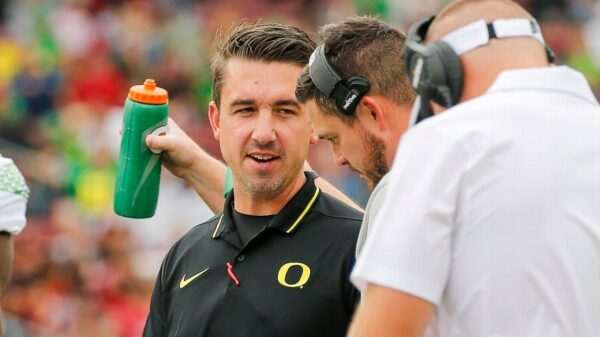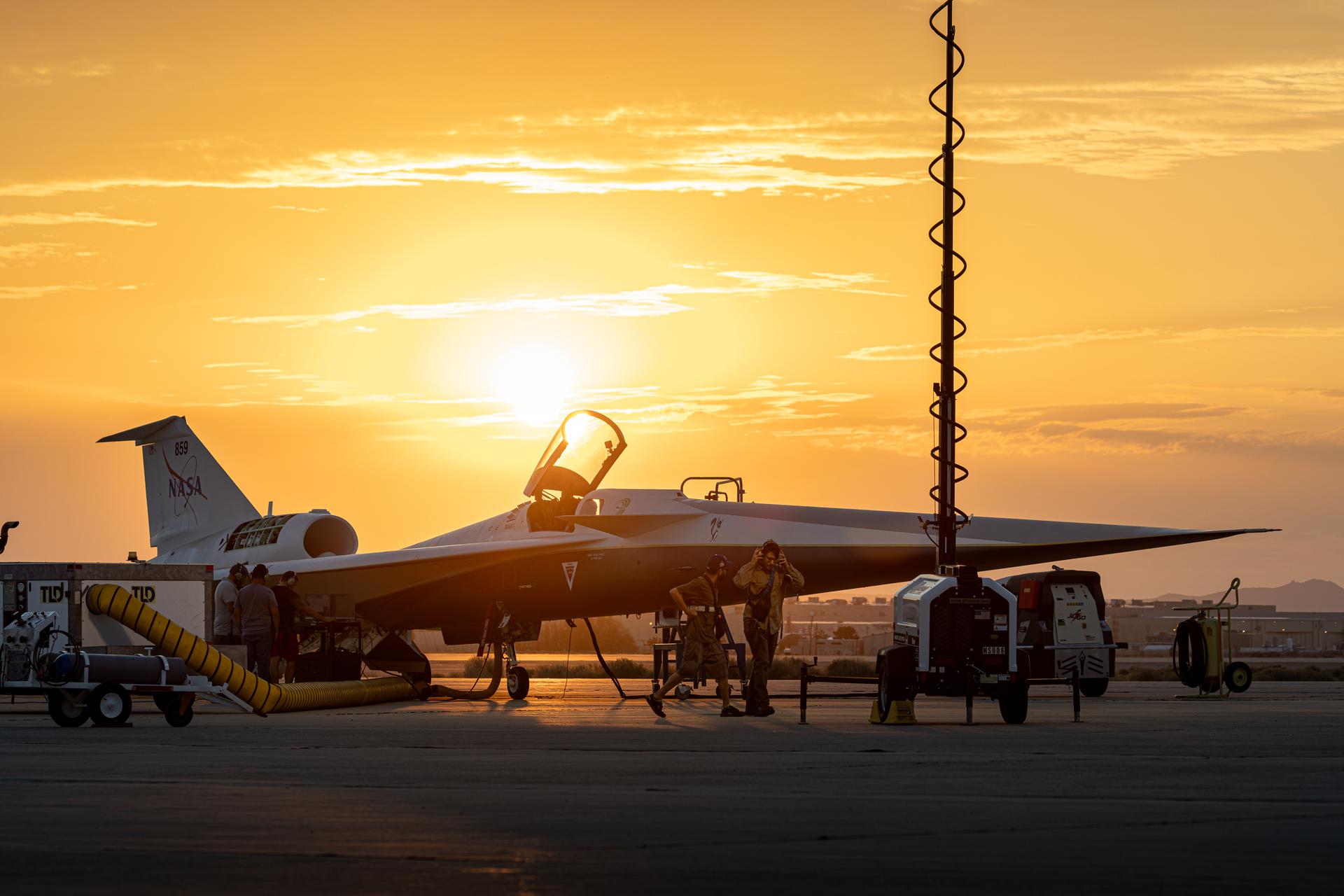NASA’s X-59 quiet supersonic research aircraft is on the brink of its inaugural flight following significant ground testing preparations at Lockheed Martin’s Skunk Works facility in Palmdale, California. Scheduled for later this year, the X-59 is central to NASA’s Quesst mission, which aims to demonstrate the feasibility of quiet supersonic flight.
On July 18, 2025, the X-59 was positioned on the ramp at sunrise, marking a pivotal moment in its development. The upcoming flight follows successful low-speed taxi tests and will soon transition to medium- and high-speed taxi tests. These critical evaluations focus on the aircraft’s handling characteristics at increased ground speeds, including essential factors such as braking, steering, stability, and sensor performance. The team will also assess visibility systems, particularly significant since the cockpit lacks a forward-facing window.
The initial flight of the X-59 will establish the foundation for a series of flight tests aimed at verifying the aircraft’s airworthiness and safety. The aircraft is expected to reach speeds of approximately 240 mph at an altitude of about 12,000 feet. The flight will last around one hour, departing from Palmdale and landing at NASA’s Armstrong Flight Research Center in Edwards, California.
During this flight, the X-59 team, including NASA test pilot Nils Larson, will evaluate several critical systems. These include engine performance, stabilization, instrumentation, autopilot, control systems, and air data performance. The outcomes of these checks will determine the aircraft’s readiness for subsequent flight tests, which will involve higher speeds and altitudes, further assessing performance and safety.
The X-59 is designed to address the challenge of loud sonic booms associated with supersonic flight. The Quesst mission aims to reduce this noise to a quieter “thump,” paving the way for potential regulatory changes concerning supersonic commercial flight over land. Proving the aircraft’s airworthiness is the first step towards gathering data that will inform both U.S. and international regulators as they consider new noise standards.
As preparations for the X-59’s historic first flight continue, the project stands as a testament to innovation in aviation. By pushing the boundaries of what is possible in air travel, NASA aims to honor the legacy of aviation pioneers while charting a course for the future of supersonic flight.







































































